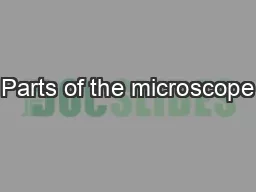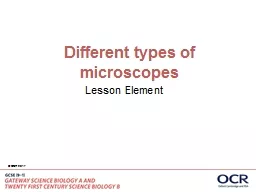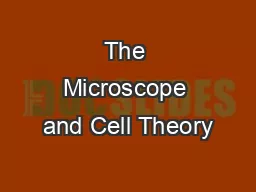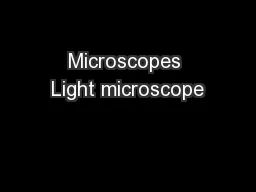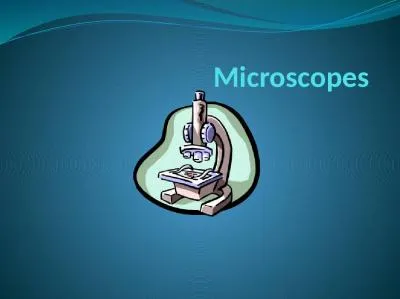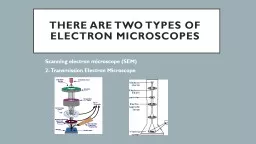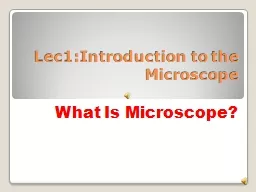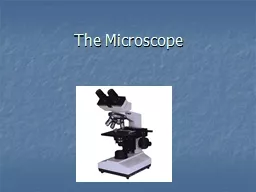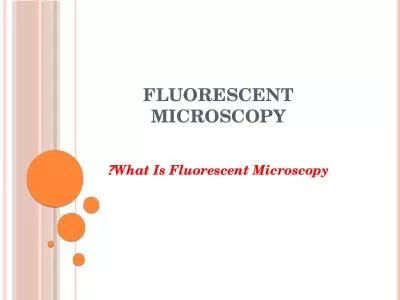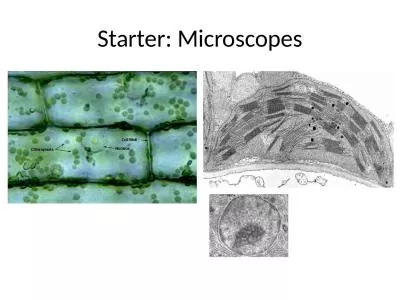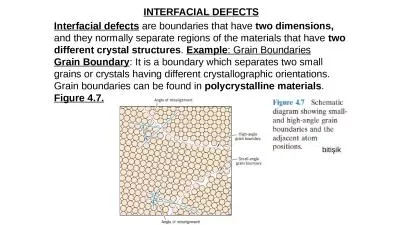PPT-Electron Microscope (EM)
Author : melody | Published Date : 2022-06-20
Electron microscopy EM is an electron beam which is focused into a small probe across the surface of a specimen The first electromagnetic lens was developed
Presentation Embed Code
Download Presentation
Download Presentation The PPT/PDF document "Electron Microscope (EM)" is the property of its rightful owner. Permission is granted to download and print the materials on this website for personal, non-commercial use only, and to display it on your personal computer provided you do not modify the materials and that you retain all copyright notices contained in the materials. By downloading content from our website, you accept the terms of this agreement.
Electron Microscope (EM): Transcript
Download Rules Of Document
"Electron Microscope (EM)"The content belongs to its owner. You may download and print it for personal use, without modification, and keep all copyright notices. By downloading, you agree to these terms.
Related Documents


